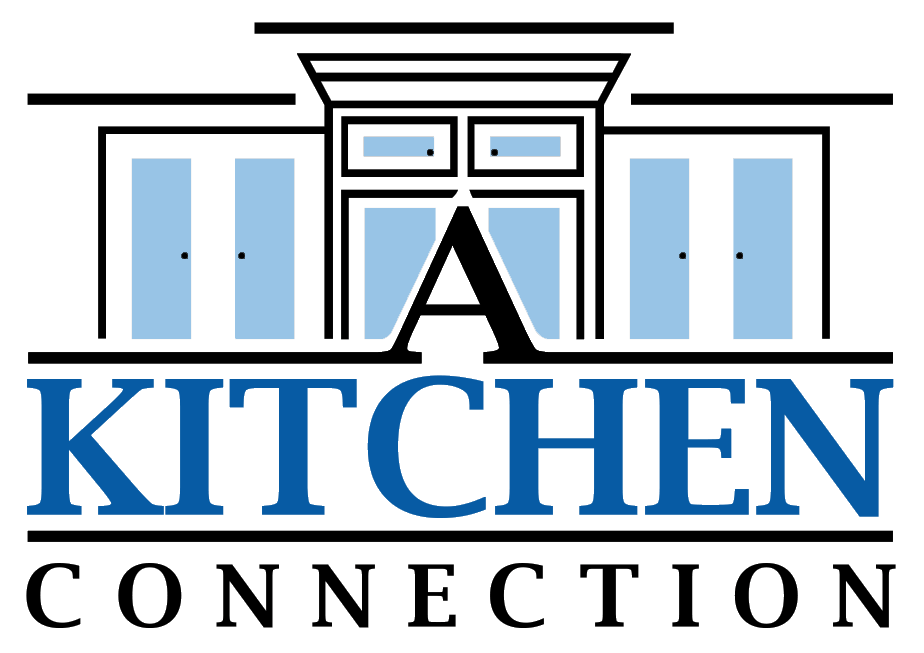Why should your inspector use infrared thermal imaging on a general residential or commercial inspection? The answer is simple: So much of what goes on in the world around us is unseen by the naked eye.
Leaks Can Do Devastating Damage to a Home
A small leak may go undetected when viewed with the naked eye, but when viewed through infrared, moisture is easily identified due to the temperature differential between the moist area created by the leak and the surrounding dry areas. This is true in bath areas, ceilings, walls, foundations and many other areas in a structure.
Electrical Problems Can Cause Fires and Deadly Shock Hazards
The electrical industry has used thermal imagery for several decades, mostly on the industrial side. Recent advances in manufacturing technologies have lowered equipment costs. This has made infrared techniques available to small firms committed to bringing their customers the most current and best inspection practices.
An endless list of electrical problems, including loose wires, low grade shorts, bad circuit breakers can be discovered and preemptively dealt with using infrared.
Electrical components typically have a design life of 25 years. However, in corrosive environments, such as those where dust, chemicals and salt are present, the lifespan will likely be much shorter. In coastal regions, corrosion caused by salt air is of particular concern. Corrosion impedes the flow of electricity, which causes heat. This cannot be detected by the naked eye until the component starts to glow, However, heat even in the early stages is easily detected with an infrared camera.
Infrared is Not Limited to Moisture and Electrical Problems
Infrared’s heat differentiation capabilities can also be used to troubleshoot HVAC systems, aid in the discovery of Wood Destroying Organisms, moisture intrusion and many other problems that can be found in the structure.
How Are Results Communicated?
To keep things simple, these images should be provided in a smaller, separate report with some annotation as to the conditions. Your inspector should also go over all results with you and be available for follow-up questions.
What is the Cost?
We believe in infrared thermal imaginary so strongly that we do not charge extra for it (many do).
Cameras can be found for a few hundred dollars to many thousands of dollars. Obviously cost affects the quality and features of the equipment. If an inspector is using some of the less expensive equipment with fewer features, etc., he must have the competence to achieve the same results as an inspector using the more expensive equipment. Most importantly there will be a difference in the inspector’s ability to interpret the images, based on training and experience. The bottom line is, it has to be a union of ability, experience, equipment and the desire to produce a through, accurate and clear and concise report.
So when an inspection company throws out a price for a $199.00 inspection, most likely the client is not getting a detailed inspection report (most important) with annotated pictures, a personalized consultation with the inspector (second most important) and a separate report showing all of the thermal images for the structure interior, the electrical panel, hot water heater, and major component of the HVAC system.
